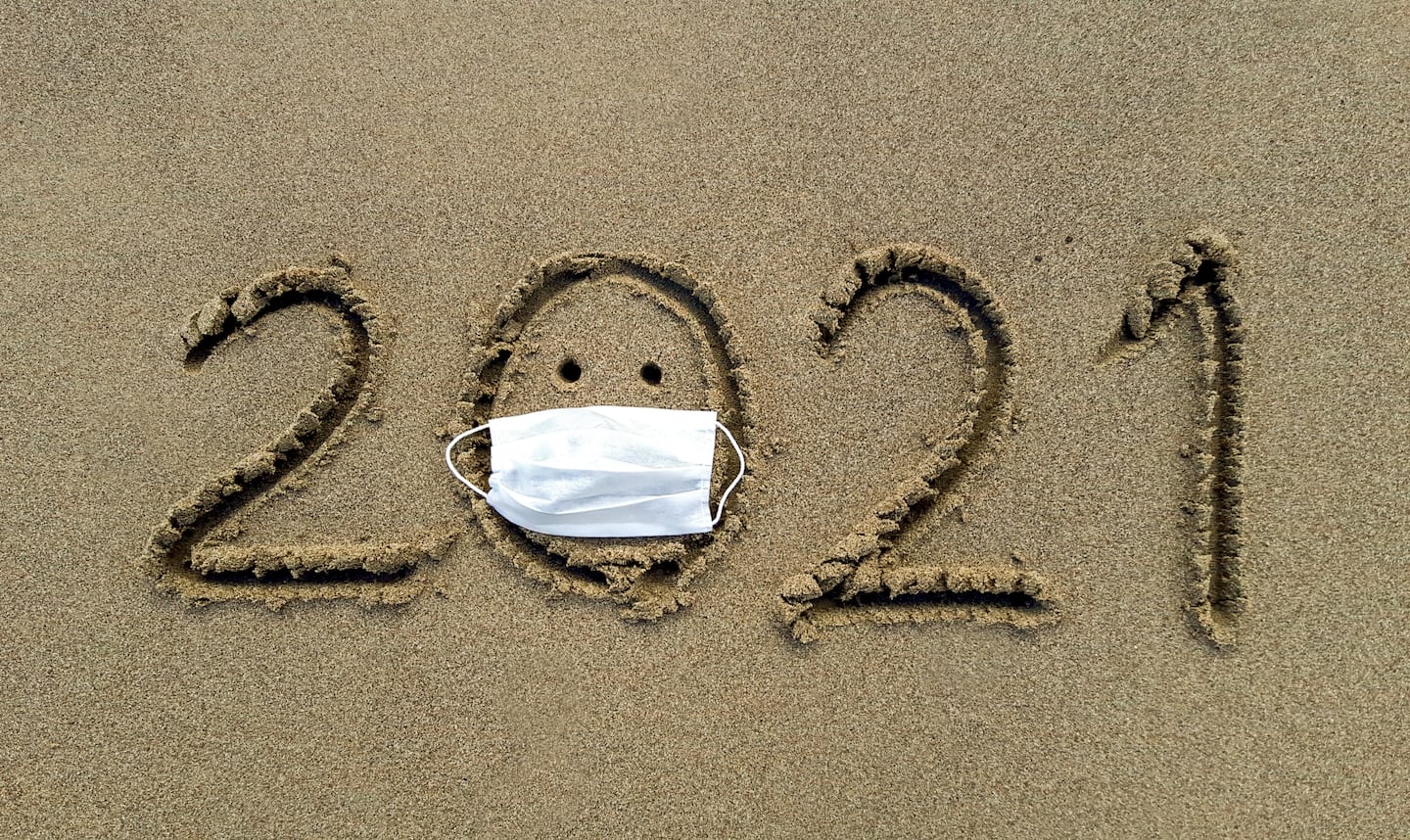Shedding masks — and a bit of our pandemic selves

A defining characteristic of our weary society is getting fuzzy around the edges. The shift may compel us to ask when we’ll rip the fabric from our faces for good. It should also make us consider why we’ve worn these things for so long.
Scientifically, not all that much has changed since we started donning masks last spring. Obviously, vaccination rates have ticked up, and the imperative that the inoculated mask up in open air to protect themselves or others seems out of sync with our new sort-of normal. But experts have known for some time that transmission via passing someone on the sidewalk is almost ludicrously unlikely, as an infectious disease physician recently told Slate: “You’re talking about a probability of getting hit by a car, and being struck by lightning.”
This realization brought an end to beach-shaming: Go frolic, spring breakers, as long as you don’t pack into bars to slurp on shared margaritas at night! Similarly, it lessened the intensity with which armchair epidemiologists harp on the irresponsibility of exposing our nostrils to the elements. Signs that demand “JOGGERS, WEAR A F—ING MASK” (dashes are The Post’s addition) have long been less acceptable than, well, jogging without a f—ing mask.
Yet a quiet devotion to covering up has persisted. Some of this comes from on high. Many cities — including D.C. — continue to mandate masks. Guidance from the Centers for Disease Control and Prevention mentions that masks “may not be necessary when you are outside by yourself away from others,” but it says nothing about what “away from others” means. How, for instance, does the packed lawn of a concert venue differ from a neighborhood park dotted with picnickers?
The governmental caution makes sense: Outdoor masks are about not only outdoor spread but spread everywhere. To erode the norm in the fresh air risks eroding it in the staleness of grocery store aisle and elsewhere too. And the threat of new variants requires extra vigilance. This crisis, officials want us to remember, isn’t over.
We’ve kept on keeping our masks on even when unnecessary, in many cases, for the same reason. Many have worn masks wherever they go to send the message that they take covid-19 seriously and that others should, too. Or to send the message that they believe in science, when they’re away from home and their “THANK YOU DR. FAUCI” yard signs. Or to send the message that we’re all in this together.
The most cynical among us view this behavior as a sort of pandemic performance: an elaborate display of virtuousness, accompanied at times by a self-righteous scent of martyrdom. More generously, it’s an attempt at solidarity.
Masks have always been a social compact: We give up a little on the off chance that it would achieve a lot, both by keeping our communities a bit safer and by making our communities feel safer. So it’s unsurprising that we are easing up on the coverings as the overall danger decreases and that the easing has come slowly and steadily. More than that, it has come collectively: with even vaccinated individuals squinting around to see whether others are wearing masks before they shed their own, or scanning the Internet for sentiments that validate their desire for slightly less sweaty skin, or hoping for some decree from a trusted source that permits liberation.
We will find our way out of this pandemic, we hope, with science as a guide — just as it led us when we landed in it. Yet science has always been only part of the picture. The coronavirus pandemic has also been about ourselves and other people: what we ask of each other, and how we answer. Anxiety about a return to the before times may stem from realizing that we’re all about to have one less thing in common.
Read more:






